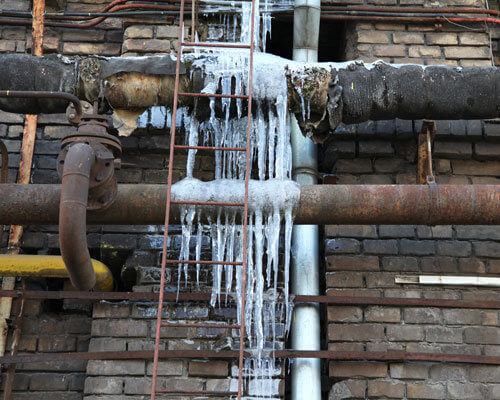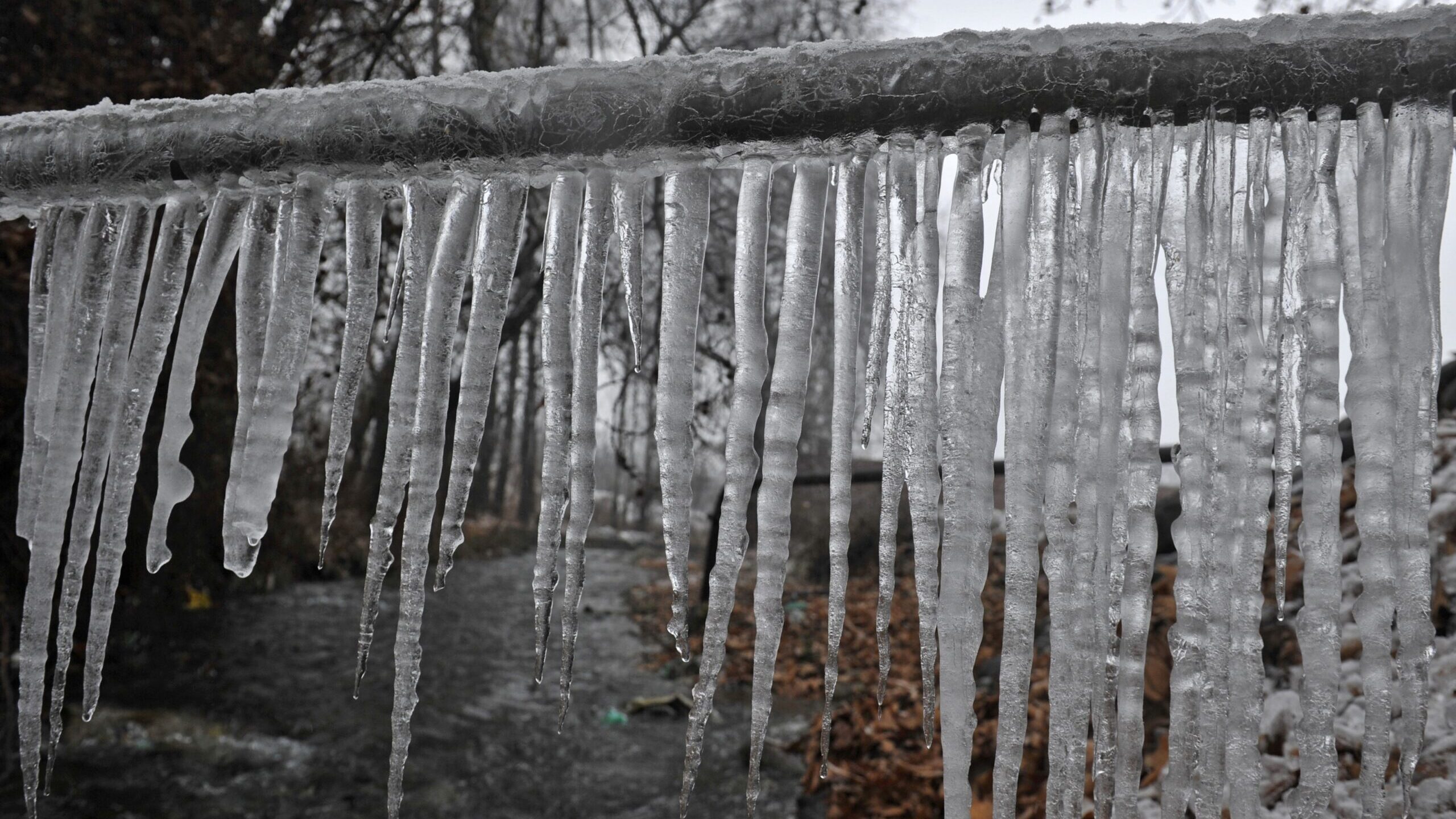Tips to Avoid Frozen Plumbing in Winter: Professional Guidance
Tips to Avoid Frozen Plumbing in Winter: Professional Guidance
Blog Article
Here down the page you can find a lot of great help and advice involving How to Prevent Your Pipes From Freezing.

Cold weather can wreak havoc on your plumbing, especially by freezing pipelines. Here's just how to stop it from happening and what to do if it does.
Intro
As temperature levels drop, the risk of icy pipes rises, potentially causing costly repair services and water damage. Comprehending just how to avoid icy pipelines is critical for homeowners in cool climates.
Understanding Icy Pipes
What creates pipes to freeze?
Pipes freeze when subjected to temperatures listed below 32 ° F (0 ° C) for extended durations. As water inside the pipelines ices up, it expands, putting pressure on the pipe walls and potentially causing them to break.
Threats and problems
Icy pipelines can lead to supply of water disturbances, residential property damage, and expensive repair work. Ruptured pipelines can flooding homes and create considerable structural damages.
Signs of Frozen Water Lines
Identifying icy pipelines early can stop them from rupturing.
Exactly how to recognize frozen pipelines
Try to find reduced water circulation from taps, unusual smells or noises from pipes, and noticeable frost on subjected pipes.
Prevention Tips
Insulating prone pipelines
Cover pipelines in insulation sleeves or make use of heat tape to shield them from freezing temperature levels. Focus on pipelines in unheated or external locations of the home.
Home heating methods
Keep indoor rooms properly warmed, particularly locations with plumbing. Open cabinet doors to permit cozy air to flow around pipelines under sinks.
Safeguarding Outdoor Pipes
Yard hose pipes and exterior taps
Separate and drain pipes yard hose pipes before winter. Mount frost-proof spigots or cover outside faucets with protected caps.
What to Do If Your Pipelines Freeze
Immediate activities to take
If you think icy pipelines, maintain faucets available to ease stress as the ice thaws. Use a hairdryer or towels taken in warm water to thaw pipelines gradually.
Long-Term Solutions
Structural changes
Think about rerouting pipelines away from outside wall surfaces or unheated areas. Add extra insulation to attics, cellars, and crawl spaces.
Upgrading insulation
Invest in high-quality insulation for pipelines, attics, and wall surfaces. Appropriate insulation aids keep consistent temperature levels and lowers the danger of icy pipelines.
Final thought
Preventing frozen pipelines requires aggressive procedures and fast feedbacks. By recognizing the causes, indicators, and preventive measures, home owners can protect their pipes during cold weather.
5 Ways to Prevent Frozen Pipes
Drain Outdoor Faucets and Disconnect Hoses
First, close the shut-off valve that controls the flow of water in the pipe to your outdoor faucet. Then, head outside to disconnect and drain your hose and open the outdoor faucet to allow the water to completely drain out of the line. Turn off the faucet when done. Finally, head back to the shut-off valve and drain the remaining water inside the pipe into a bucket or container. Additionally, if you have a home irrigation system, you should consider hiring an expert to clear the system of water each year.
Insulate Pipes
One of the best and most cost-effective methods for preventing frozen water pipes is to wrap your pipes with insulation. This is especially important for areas in your home that aren’t exposed to heat, such as an attic. We suggest using foam sleeves, which can typically be found at your local hardware store.
Keep Heat Running at 65
Your pipes are located inside your walls, and the temperature there is much colder than the rest of the house. To prevent your pipes from freezing, The Insurance Information Institute suggests that you keep your home heated to at least 65 degrees, even when traveling. You may want to invest in smart devices that can keep an eye on the temperature in your home while you’re away.
Leave Water Dripping
Moving water — even a small trickle — can prevent ice from forming inside your pipes. When freezing temps are imminent, start a drip of water from all faucets that serve exposed pipes. Leaving a few faucets running will also help relieve pressure inside the pipes and help prevent a rupture if the water inside freezes.
Open Cupboard Doors
Warm your kitchen and bathroom pipes by opening cupboards and vanities. You should also leave your interior doors ajar to help warm air circulate evenly throughout your home.

Do you appreciate reading about Helpful Tips to Prevent Frozen Pipes this Winter? Place feedback below. We will be delighted to listen to your responses about this article. We are looking forward that you visit us again later on. Loved our posting? Please share it. Help another person check it out. We cherish your readership.
Request Service Report this page